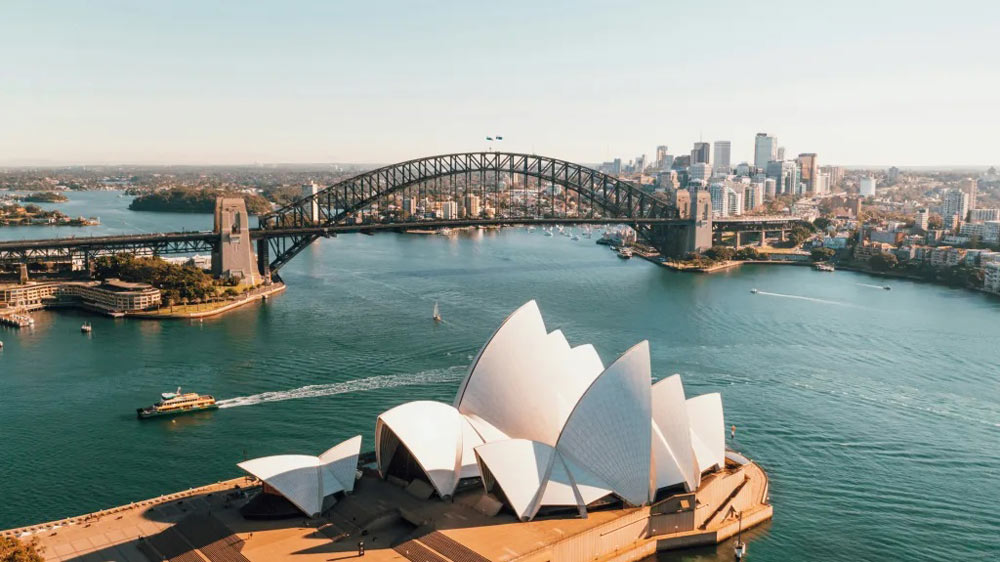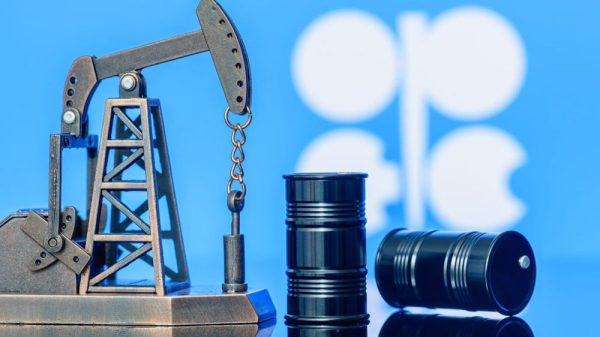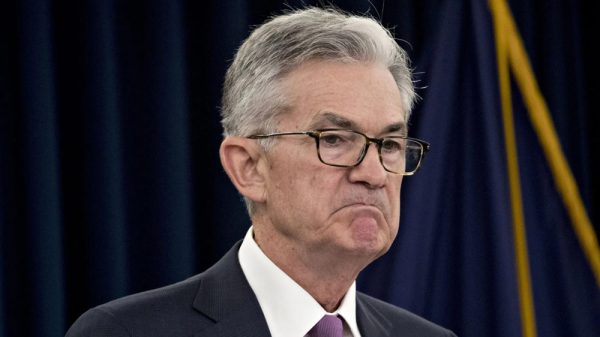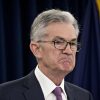Australia’s economy grew at a slower-than-expected pace during the third quarter of 2024, as high borrowing costs and persistent inflationary pressures continued to weigh on economic activity. According to the Australian Bureau of Statistics, the real gross domestic product (GDP) rose by 0.3% in the three months ending September. This figure fell short of Reuters’ forecast of 0.4% and represented a slight increase from 0.2% growth in the previous quarter.
On an annualized basis, GDP increased by 0.8%, below the projected 1.1% growth and a deceleration from the 1% annual growth recorded in the 12 months through June. These figures highlight the challenges Australia’s economy has faced amid tight monetary policy and ongoing inflationary pressures.
High Interest Rates and Slowing Inflation
Since May 2022, the Reserve Bank of Australia (RBA) has raised interest rates by 425 basis points in its effort to curb inflation. The benchmark interest rate remains at a 13-year high of 4.35%, with the central bank maintaining a restrictive monetary stance to address elevated core inflation.
While headline consumer price inflation dropped sharply to 2.8% in the third quarter, thanks in part to government energy bill rebates, core inflation—which excludes volatile items like electricity and automotive fuel—remains stubbornly high at 3.5%. This figure is above the RBA’s target range of 2%-3%, prompting RBA Governor Michele Bullock to reiterate that monetary policy will remain tight until inflation is firmly on track to reach the midpoint of the target range.
Bullock emphasized last week that core inflation remains “too high” for the central bank to consider interest rate cuts in the near term, signaling that restrictive policies will persist.
Economic Outlook
The slowdown in GDP growth reflects a broader trend of economic deceleration that has persisted over the past two years. Sean Langcake, head of macroeconomic forecasting at Oxford Economics, noted that while consumption may improve in the coming quarters, any recovery is likely to be “unspectacular.” Langcake expects the economy to experience “below-trend growth” in the near term.
Looking ahead, the RBA’s latest forecasts project that core inflation will gradually decline to 2.5% by late 2026. However, with tightening financial conditions and subdued growth prospects, the road to recovery may be slow.
The RBA’s next policy meeting, scheduled for December 10, is widely expected to result in no changes to the cash rate. Policymakers are likely to maintain their cautious stance as they await further signs of sustained disinflation.











